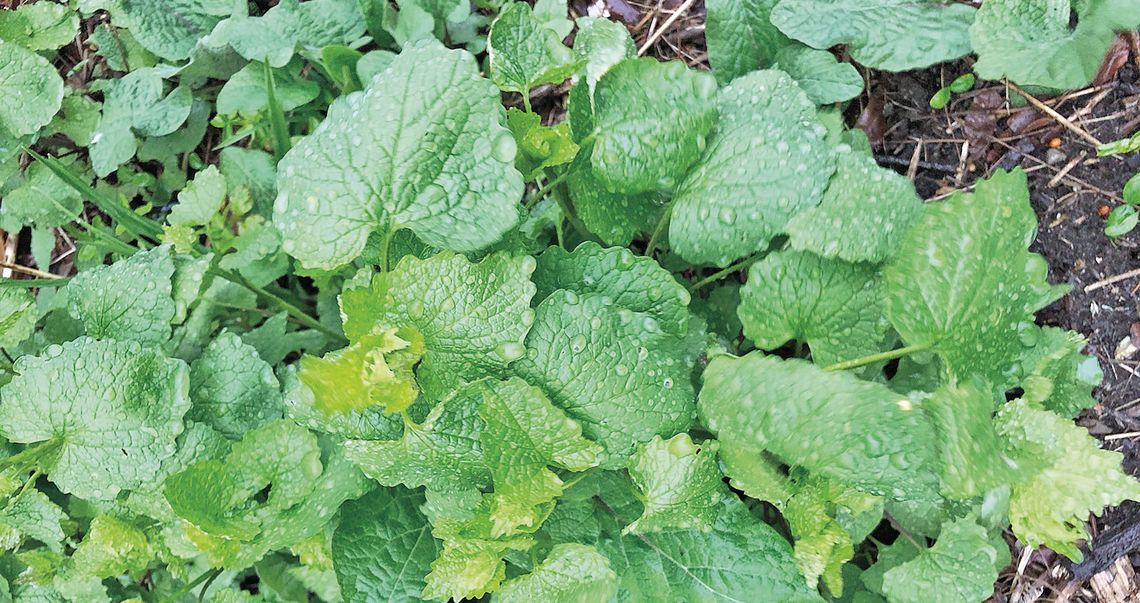Empire residents will have a little help with invasive garlic mustard this spring with help from Northwest Michigan Invasive Special Network (NMISN).
Garlic mustard is on NMISN’s top 12 list of invasive species and presents a high risk to our regional ecology.
But it didn’t start out that way. Garlic mustard is one of the many plants brought to the region by pioneers and for many, the first “green” edible after a long winter. Garlic mustard is native to Europe and parts of western Asia. It was likely introduced to North America for medicinal and herbal uses as well as erosion control. It was first recorded in 1868 at Long Island, NY, and there were likely multiple introductions. It has spread to at least 37 states and six Canadian provinces. Eight states list it as a noxious weed. It is one of few nonnative invaders in North America that can tolerate shade, and it thrives in the forest understory. Garlic mustard spreads very quickly and grows in dense colonies, outcompeting native plants for resources like sunlight and moisture.



